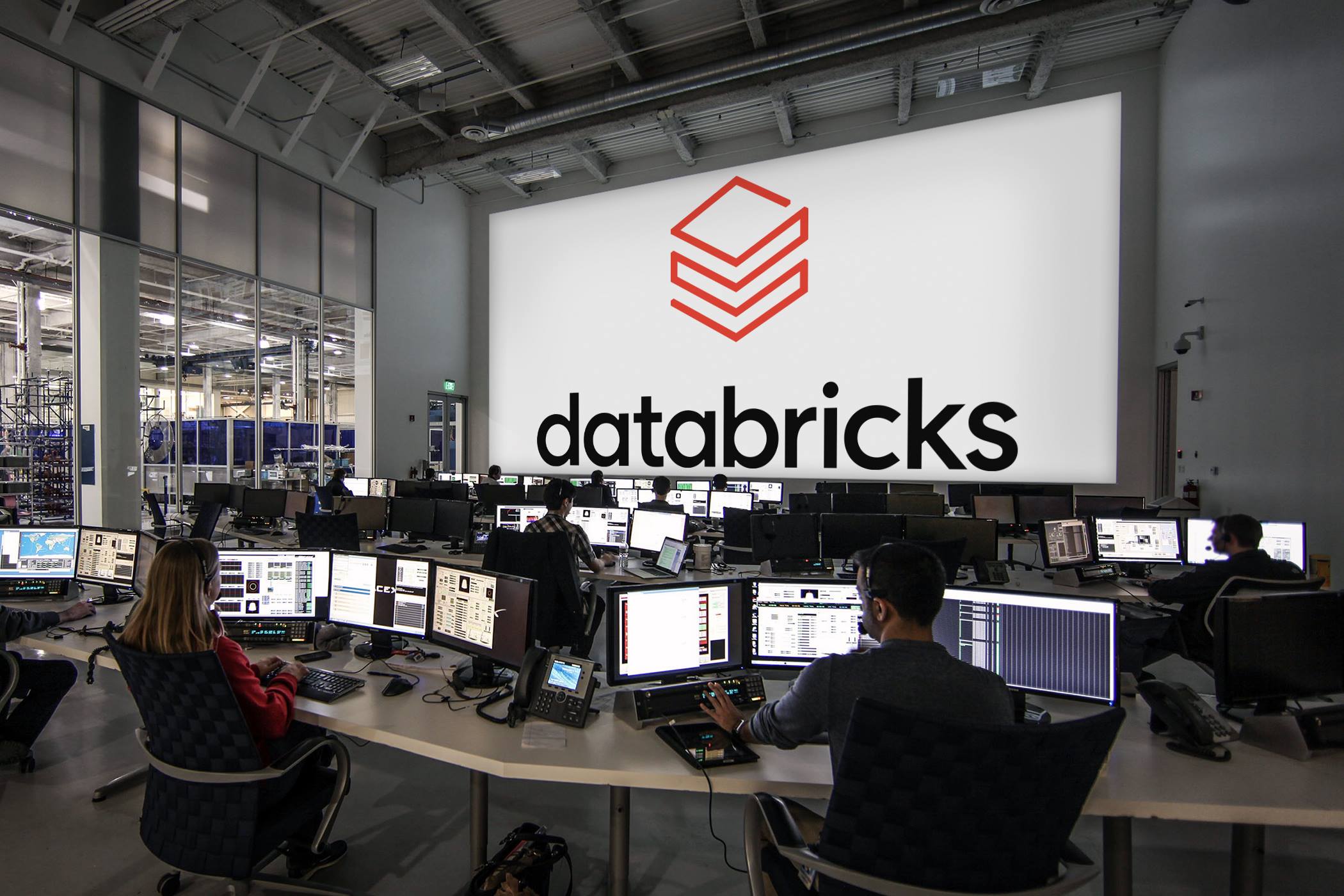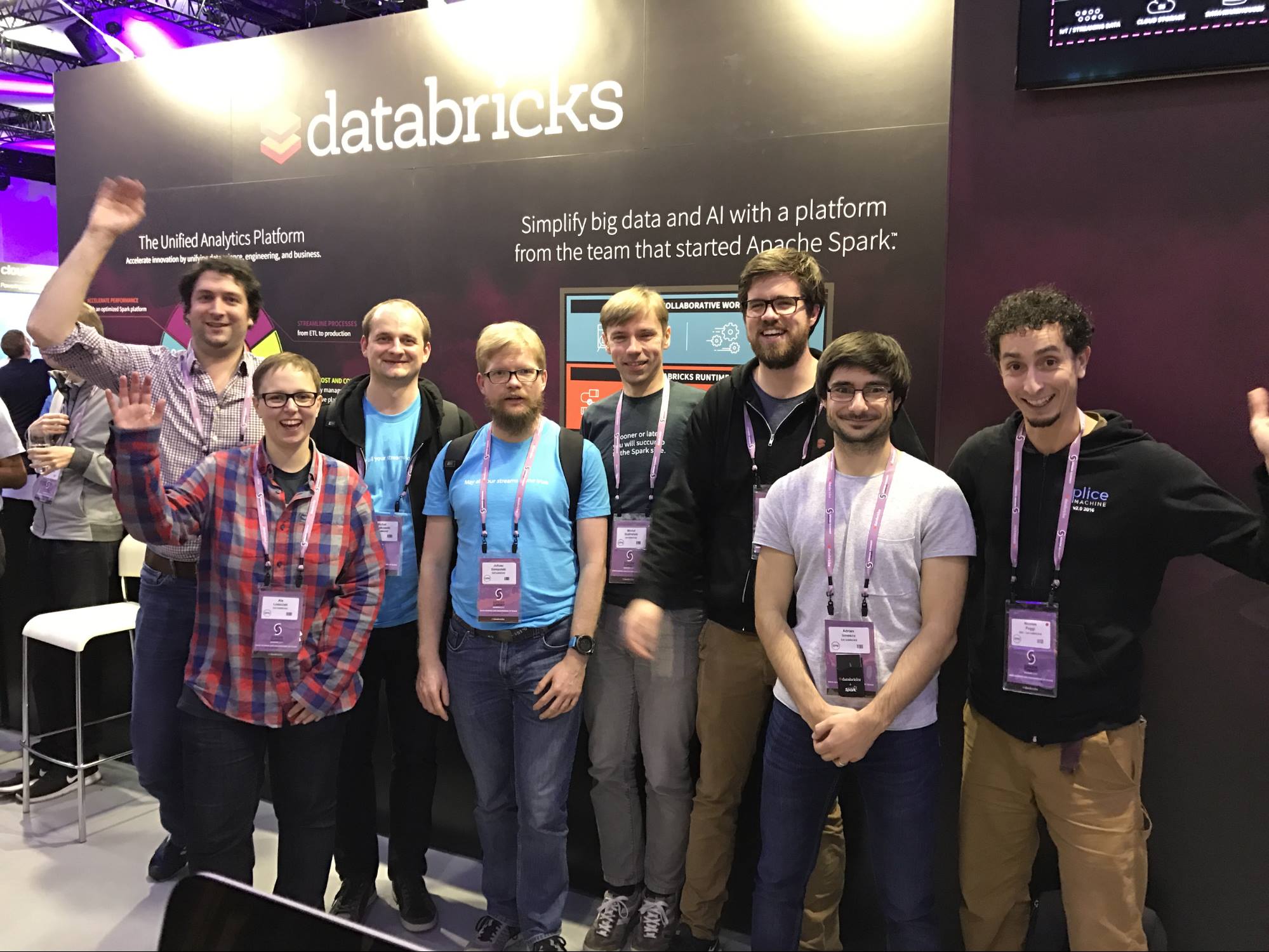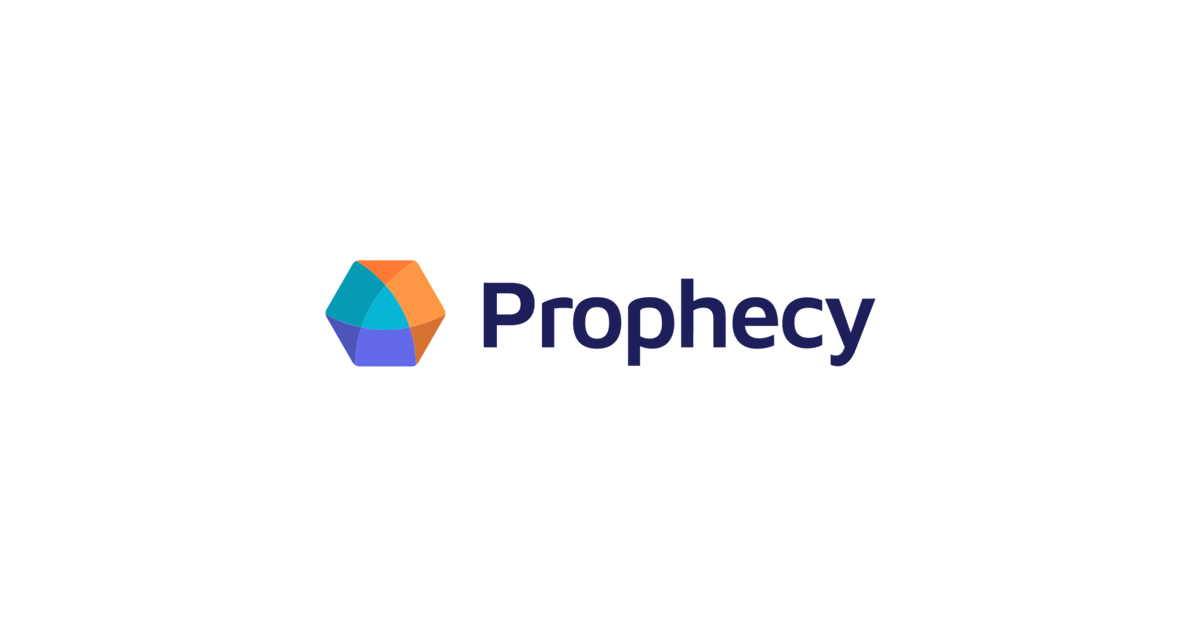Databricks, the leading data analytics and AI software company, has successfully raised over $500 million in its latest Series I funding round, propelling its valuation to an impressive $43 billion. This remarkable feat comes at a time when numerous late-stage startups are grappling with devaluations amidst a broader funding slowdown. Just a few months ago, in August 2021, Databricks garnered $1.6 billion in funding, valuing the company at $38 billion. The company’s recent ability to increase its valuation by $5 billion demonstrates its resilience in the face of market challenges.
Key Takeaway
Databricks raises $500M in Series I funding, boosting its valuation to $43B, showcasing the capability of strong unicorns to navigate market corrections. Despite a funding slowdown affecting many late-stage startups, Databricks’ growth trajectory and impressive financial performance have attracted a diverse range of investors, both traditional and strategic. With a customer base exceeding 10,000 and revenue run rate surpassing
.5 billion, Databricks’ latest funding round positions the company for future success as it moves closer to an eventual IPO.
A Beacon of Hope: Databricks Proves Strong Unicorns Can Weather Market Corrections
The composition of investors participating in the Series I funding round paints a picture of both pre-IPO funding and strategic investments. Established names such as T. Rowe Price, Morgan Stanley, Fidelity, and Franklin Templeton represent the “pre-IPO” portion, earmarking their investments for companies expected to go public in the near term. On the strategic front, Capital One Ventures and NVIDIA are notable participants. NVIDIA’s alignment with Databricks is evident as the company leverages its AI capabilities, stemming from its history of selling data and machine learning software. NVIDIA’s chips and software are also in high demand due to the AI-powered revolution, prompting some countries to secure supplies for their respective economies.
The Series I funding round also attracted traditional private-market investors, including Andreessen Horowitz and Tiger Global. The key question remains: How did Databricks achieve an up-round in a market dominated by conservative revenue multiples? In response, the company revealed that its revenue run rate surpassed $1.5 billion in the second quarter ending July 31. Moreover, Databricks boasts a global customer base exceeding 10,000, with over 300 customers generating annual revenues of $1 million or more from their use of Databricks’ software and services.
While a closer analysis of partial data suggests a slight slowdown in Databricks’ revenue growth, the company also highlighted that its fiscal second quarter experienced the “strongest quarterly incremental revenue growth” in its history. This achievement garnered significant investor interest, fueling optimism that Databricks has the potential to exceed its lofty $43 billion valuation when it eventually goes public.
However, the implication that Databricks is not rushing towards an IPO may come as a slight disappointment to those eagerly awaiting its S-1 filing. With an effective revenue multiple of 29x, the company appears relatively expensive for the current market, indicating a deliberate strategy to further bolster its growth before defending its latest valuation on the public stage.
The infusion of fresh capital serves more as a strategic refresh rather than a necessity for Databricks, as the company was already in a strong financial position. The additional funds may provide Databricks with more flexibility to pursue other strategic endeavors. In the fiercely competitive landscape of the AI market, where numerous players are vying for a share, the influx of $500 million will undoubtedly bolster Databricks’ ambitious plans.

























